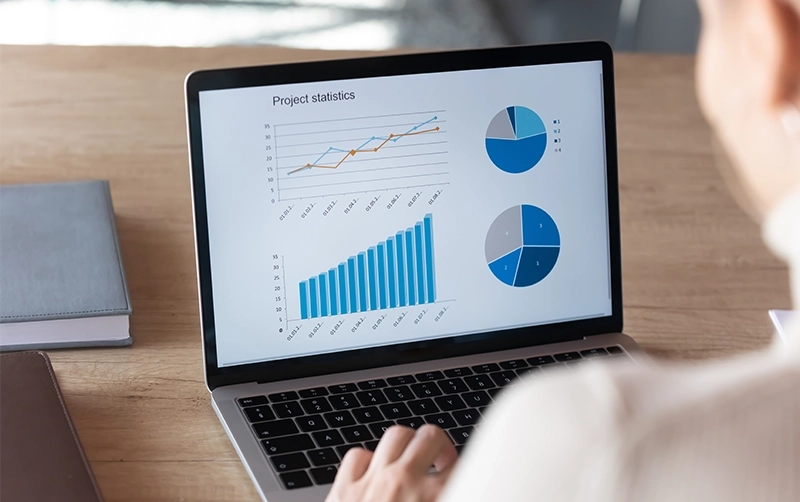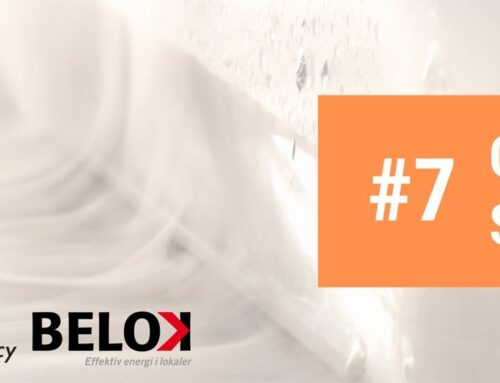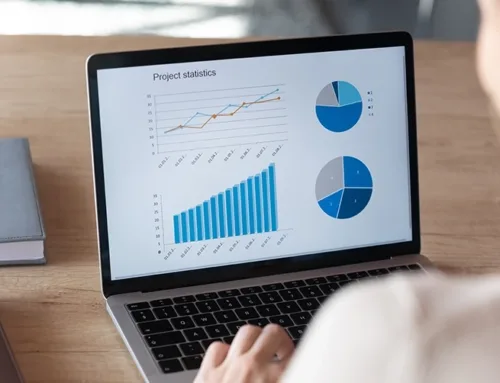Webinar On-demand
Learn more about the new guidelines for data collection
The webinar is based on the new guidelines to structure data collection from International Energy Agency (IEA) Annex 52. Fill in the form below to watch the on-demand webinar.
Webinar was sent live on: March 9th 16:00 CET
Location: Online

You will learn...
There is an increasing need to work more effectively with energy optimisation.
IEA-HPT Annex 52 released “New Guideline for Instrumentation and Data” in January 2022 which will help building owners, designers, and commissioning agents to evaluate, benchmark, and optimise heat pump and chiller systems. The report focuses on ground source systems, but it will influence how the industry works with the optimisation of all air conditioning, heat pump, and refrigeration systems. This is because it identifies the key parameters that need to be measured and recommends data collection and analyses that take variations in operating conditions into account.
HVACR systems – which consume 20% of global electricity – often use 20-30% more energy than they should because they are not optimised effectively. Most problems are caused by poor commissioning methods and a failure to detect performance deviations early.
 
Working cost-effectively with energy optimisation
The first step to work cost-effectively with energy optimisation and predictive maintenance is to establish strategies for data collection and analyses. These should be scientifically based and streamlined for all installations to make benchmarking possible.
Measuring systems that are set up on a case-by-case basis does not deliver results that can be used without first performing an unrealistic amount of engineering work.
As most of today’s installations are equipped from the start with sensors, it is more a question of how the data is collected, stored, and analysed than whether a new level of sensors should be added.
 
Data sampling
How data is sampled, stored, and made available for analyses can make the difference between data acquisition being useless or highly valuable.
Data is sampled in different ways in different systems. For example, some values are accumulated whereas others might be averaged, making them useless for early detection and difficult to analyse if there is a failure after the event.
Increasing requirements to document the distribution of energy consumption in facilities risk being costly without benefits unless they are a part of a planned measuring strategy.
Speakers

Klas Berglöf
Founder ClimaCheck

Jeffrey D. Spitler
Regents Prof. of mechanical engineering at Oklahoma State University



